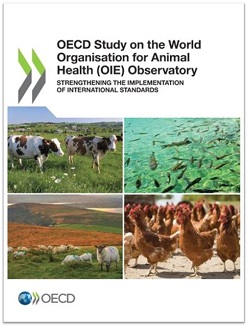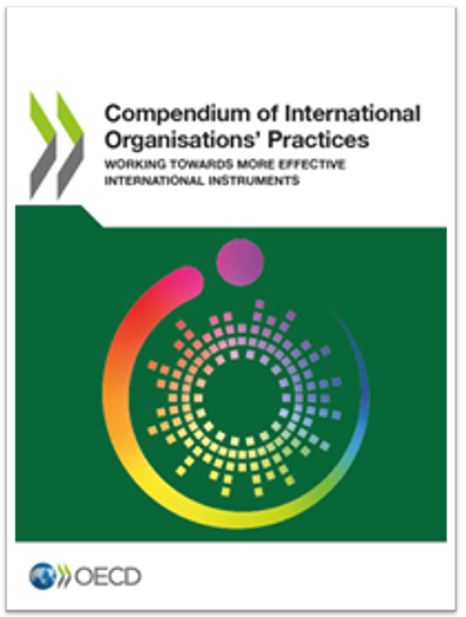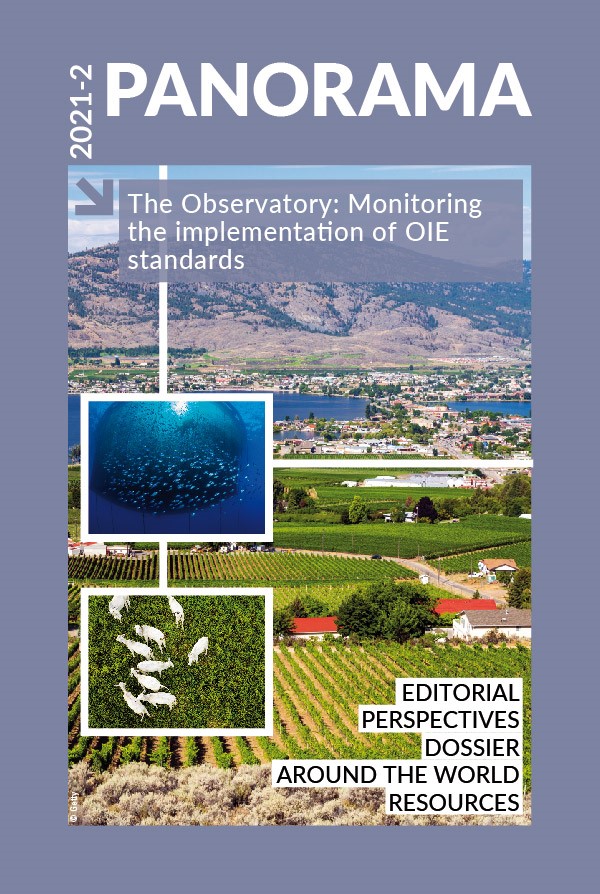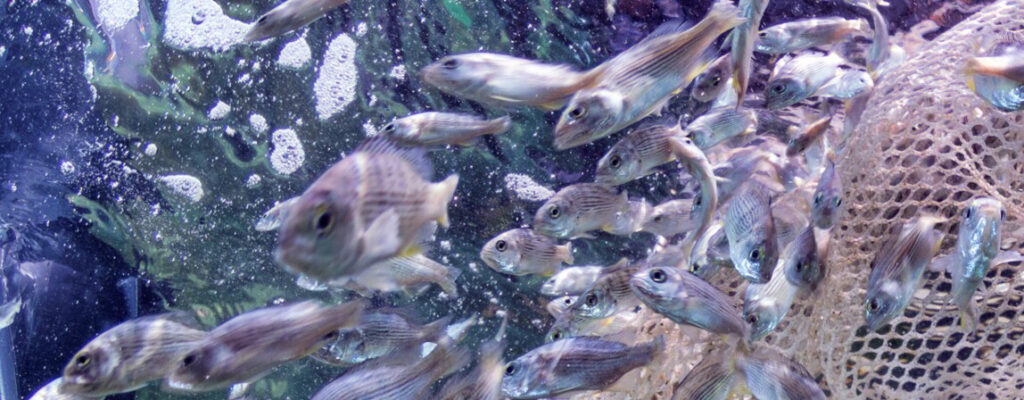Perspectives Posted on 2021-12-20 15:08:17
Opinions and strategies
Strengthening the implementation of international standards: OECD recommendations for the design of the OIE Observatory
Keywords
Authors
Marianna Karttunen, Organisation for Economic Co-operation and Development (OECD).
The designations and denominations employed and the presentation of the material in this article do not imply the expression of any opinion whatsoever on the part of the OIE concerning the legal status of any country, territory, city or area or of its authorities, or concerning the delimitation of its frontiers and boundaries.
The views expressed in this article are solely the responsibility of the author(s). The mention of specific companies or products of manufacturers, whether or not these have been patented, does not imply that these have been endorsed or recommended by the OIE in preference to others of a similar nature that are not mentioned.
OIE standards are recognised as the international reference standards in the areas of animal health, animal welfare and zoonoses. However, as with many international instruments, evidence on their actual uptake remains scarce. The OIE Observatory is an ambitious project, largely unprecedented among international organisations, to bring transparency to the use of OIE standards.
 To support the OIE in this endeavour, the Organisation for Economic Co-operation and Development (OECD) has completed a comprehensive diagnostic of the OIE’s rulemaking and governance structure, with tailored recommendations that pave the way for the establishment of the OIE Observatory [1]. The study shows that the OIE is not starting from scratch. It already has 13 data-collection mechanisms that the Observatory can build on to gain a better understanding of the use of OIE standards.
To support the OIE in this endeavour, the Organisation for Economic Co-operation and Development (OECD) has completed a comprehensive diagnostic of the OIE’s rulemaking and governance structure, with tailored recommendations that pave the way for the establishment of the OIE Observatory [1]. The study shows that the OIE is not starting from scratch. It already has 13 data-collection mechanisms that the Observatory can build on to gain a better understanding of the use of OIE standards.
Based on this, the OECD makes three sets of recommendations:
- Setting clear objectives for the Observatory will allow the OIE to gain the right information to tailor its capacity-building efforts to the specific needs of Members, and strengthen the evidence base underpinning its standards.
- The Observatory’s scope should support the OIE’s core mandate and use existing resources more effectively, leveraging present information sources. It should ‘start small’, by monitoring core standards, pairing information collection with analysis, and engaging other key actors who gather evidence relevant to the OIE standards.
- The Observatory should develop useful outputs that guarantee the transparency of the information collected. More broadly, the Observatory should be strategically embedded within the OIE’s governance structure, involve Members to ensure that their needs are met, and be given adequate resources.
 Other international organisations will be able to learn much from the OIE’s experience in setting up the Observatory. The OIE’s active participation in the Partnership of International Organisations for Effective International Rulemaking is therefore timely and very welcome.
Other international organisations will be able to learn much from the OIE’s experience in setting up the Observatory. The OIE’s active participation in the Partnership of International Organisations for Effective International Rulemaking is therefore timely and very welcome.
With its own experience in this area, the OIE is now spearheading efforts to build evidence on emerging trends and innovative implementation practices; collaborating intensively with other international organisations; and contributing to the development of a Compendium of International Organisations’ Practices [2].
Along with its other partner international organisations, the OIE is thus contributing to an international rulemaking landscape that is becoming progressively more effective, transparent and coherent.
|
You may also be interested in the following articles included in this issue of Panorama:
|
https://doi.org/10.20506/bull.2021.2.3282
References
- Organisation for Economic Co-operation and Development (OECD) (2020) – OECD study on the World Organisation for Animal Health (OIE) Observatory: Strengthening the implementation of international standards. OECD Publishing, Paris. https://doi.org/10.1787/c88edbcd-en.
- Organisation for Economic Co-operation and Development (OECD) (2021) – Compendium of International Organisations’ practices: Working towards more effective international instruments.












